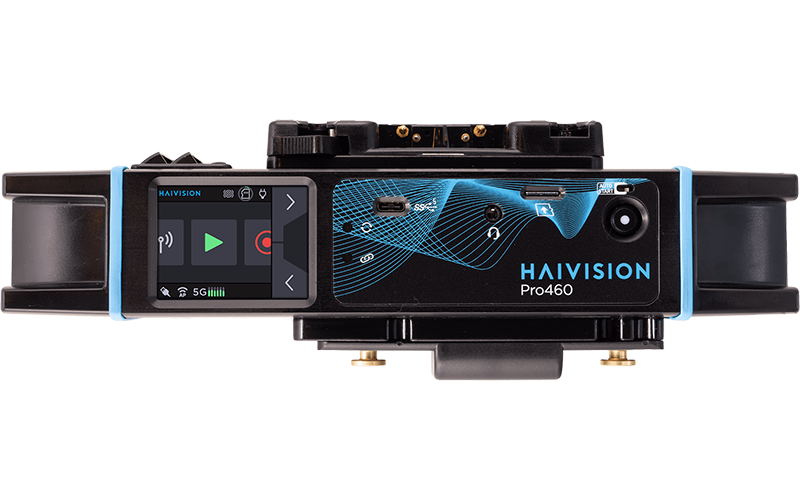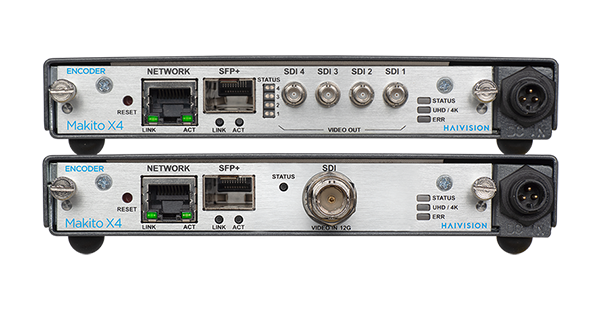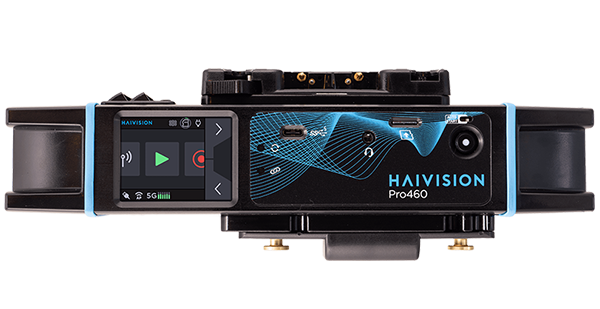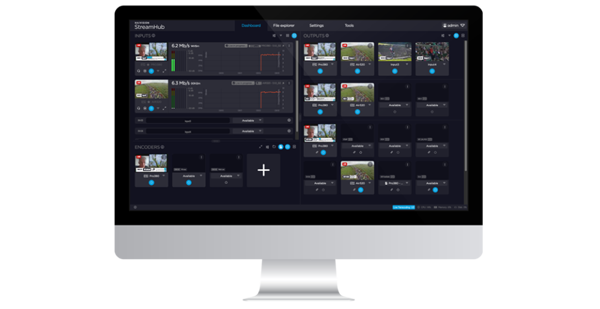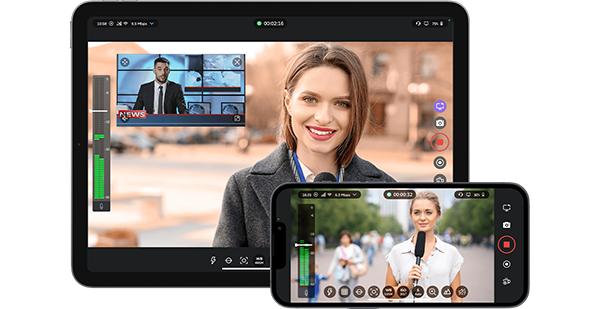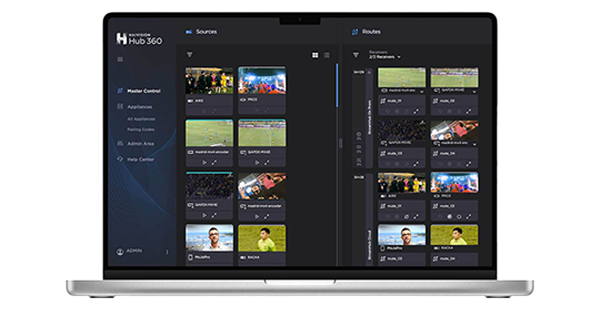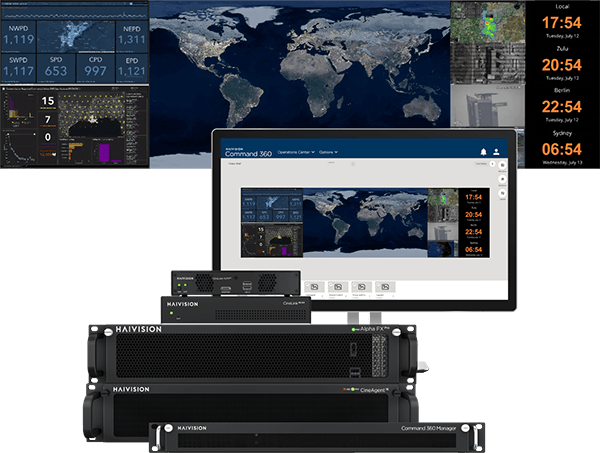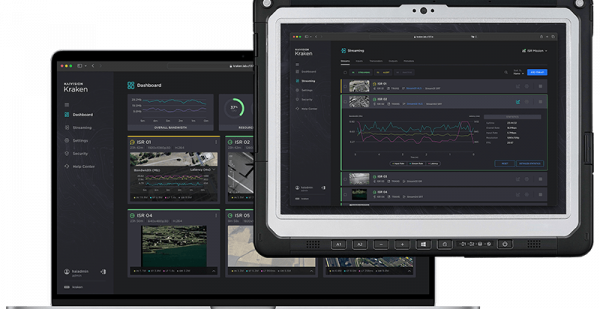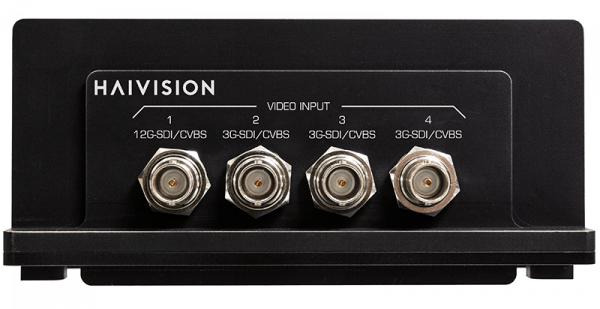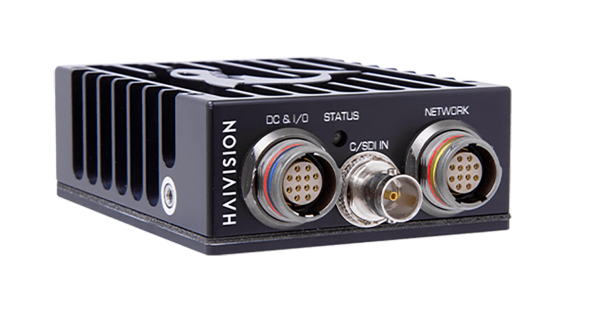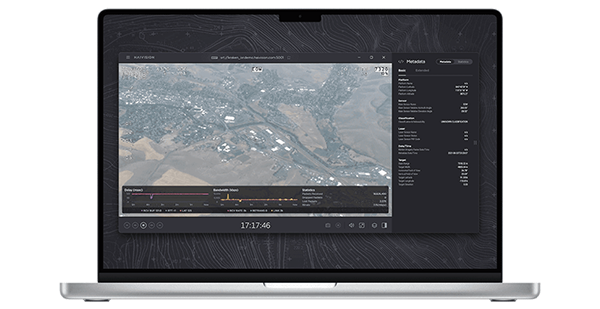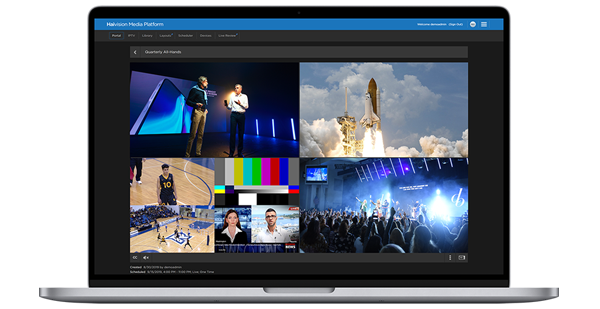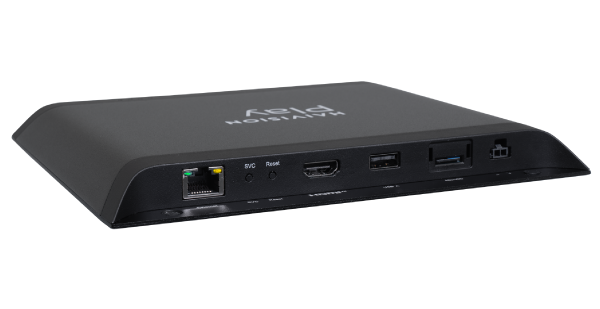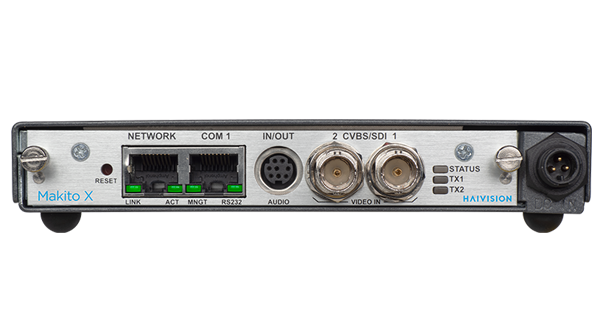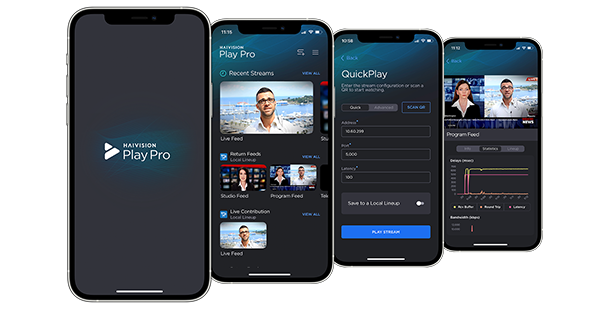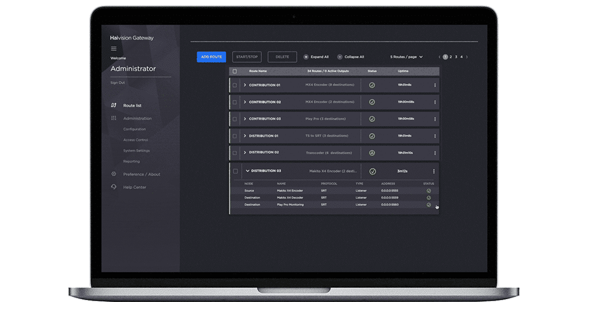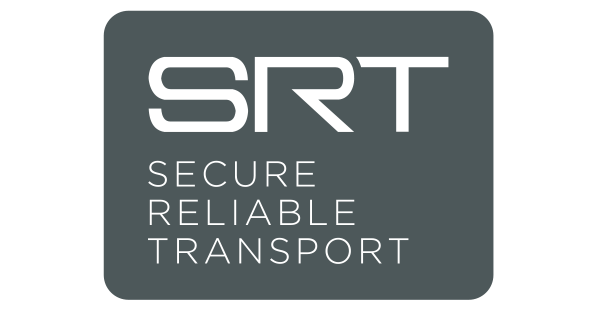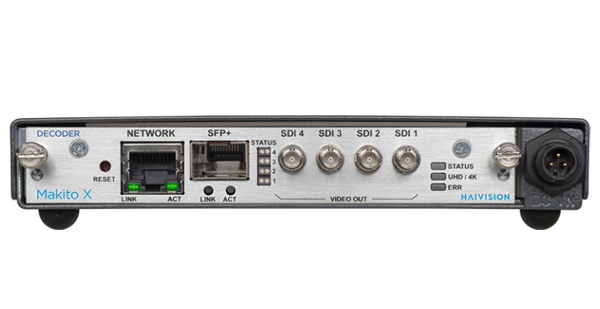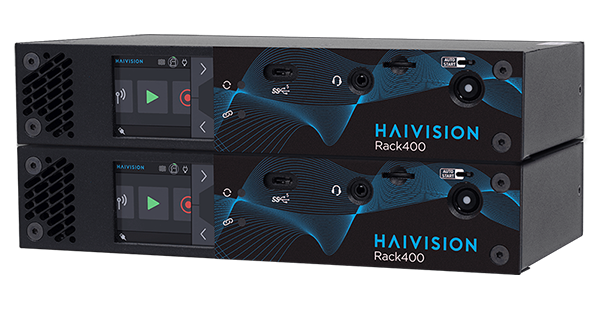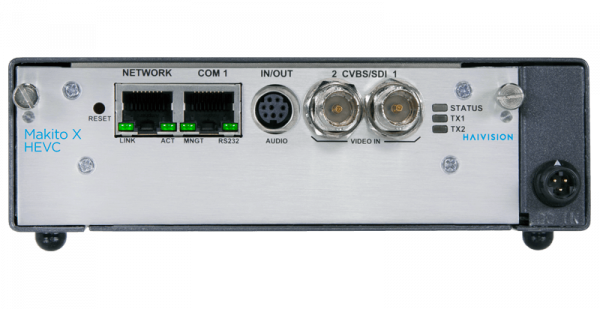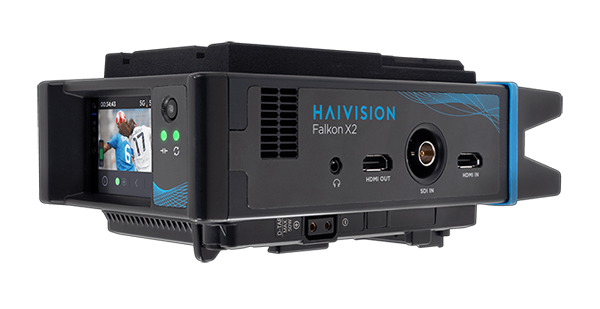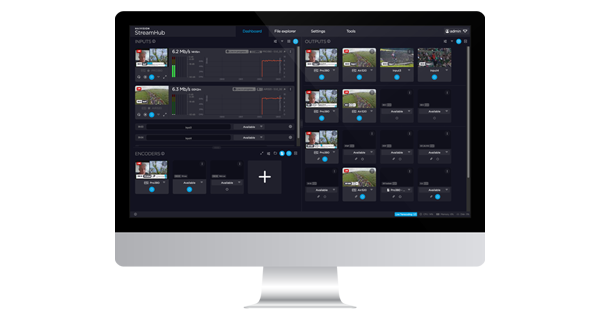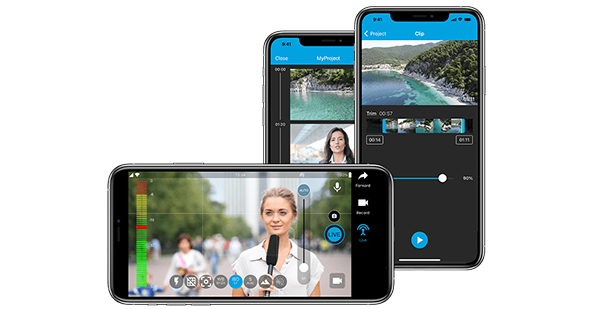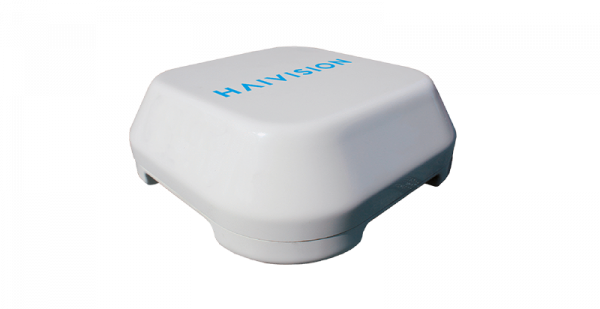Since we started surveying broadcast professionals for our annual Broadcast Transformation Report, 5G has been one of the top technologies that industry professionals think will have the most impact on the future of broadcast.
While 5G is the latest generation of technology powering today’s public cellular networks, there are several reasons why broadcasters are looking to use private or non-public 5G networks (NPN) for their own remote production workflows.
5G is impacting the broadcast industry in many ways, including broadcast contribution where broadcasters are leveraging 5G networks to contribute video feeds to production workflows for live sports and newsgathering. Keep reading this post to learn about the benefits of private 5G networks and why they are becoming increasingly vital to broadcasters.
Wide Area Coverage
Private 5G networks can cover an area far greater than existing WiFi and RF network technology. When broadcasting large events that cover a wide area, both indoors and outdoors, private 5G networks can be scaled appropriately to ensure complete coverage while requiring fewer access points than WiFi networks.
For live broadcasts, private 5G also has the advantage of soft handovers between cell zones which ensures uninterrupted video. As private 5G networks operate on separate frequencies, they don’t interfere with any public cellular or WiFi networks operating in the same location.
Easy to Deploy
There are several options available for private 5G networks including in sports stadiums, buildings, or as portable setups that can be moved to different locations, making it easy to redeploy as needed. Portable 5G networks fit in a transportable case that includes a base station, a server running 5G core software components, a power supply and, in some cases, rechargeable batteries for ultra-portability.
Portable private 5G networks can be connected to small 5G antennas that can be attached to a tripod or set up at other locations. They also come with a select number of SIM cards paired to the network that can be used in place of public network SIM cards. Once inserted into a mobile video transmitter, broadcasters can immediately stream live video over their own private 5G network.
High Bandwidth
5G provides greater amounts of bandwidth compared to 4G and other technologies, making it ideal for remote production workflows involving multiple camera feeds. With up to 1Gbps of bandwidth, a private 5G network can accommodate multiple mobile video transmitters each contributing very high-quality video over the same network.
For example, the Haivision Pro460 mobile video transmitter can encode a single 4K video in HEVC or four HD videos that can be transmitted at up to 80Mbps. Even at such high bitrates, this leaves plenty of bandwidth for other 5G video transmitters, return feeds, and an IP network for remotely controlling devices such as PTZ cameras.
Ultra-Low Latency
5G is designed for speed, especially when used over a private network, making it ideal for live video contribution, coordinating remote production workflows, and conducting bidirectional interviews. With a Haivision Pro460 mobile transmitter encoding and streaming live video over a private 5G network to a Haivision StreamHub receiver and decoder, glass-to-glass latency can be as low as 80ms.
Keeping first mile latency as low as possible makes it easier to integrate mobile video sources with stationary cameras that are connected to IP video encoders such as the Makito X4 or with non-compressed video over SDI and SMPTE ST 2110. Haivision StreamHub can also be used to receive and decode video from a 5G network to SDI, SMPTE ST 2110, and cloud-based workflows.
Secure and Reliable
When broadcasting from events with large crowds, such as the BBC’s coverage of the Coronation of HM King Charles III, private 5G provides a high bandwidth and low latency network that is also secure and reliable. Since private 5G networks can operate on their own frequency, there is no interference with congested public cellular networks. By requiring SIM cards specific to the private 5G network, all devices can be authenticated ensuring that valuable content is kept secure.
Network Slicing
Private 5G networks can be sliced as several virtual networks for specific applications. Each slice can be isolated with its own level of priority and dedicated bandwidth. For example, one network slice can be set as high priority and dedicated for broadcast video streams, another can be used by production staff for connecting mobile phones and computers, and a third can be shared with event partners and other stakeholders.
Scalable and Flexible
Private 5G networks are based on virtual software and modular hardware that are adaptable to different broadcast productions and environments. They can be scaled down for smaller productions and scaled up for larger events by adding the additional resources needed to cover large areas with more bandwidth.
5G Broadcast Contribution Solutions
Haivision offers a variety of products for live broadcast production over 5G. This includes the Pro460 4K or quad-HD mobile video transmitter, the Pro360-5G single camera transmitter, the ultra-portable Haivision Air 320e-5G transmitter, the MoJoPro mobile app, and the StreamHub receiver and decoder. Each of these products has been tested and used across a variety of private and public 5G networks, stationary and mobile, to cover some of the world’s most prestigious and newsworthy events.
